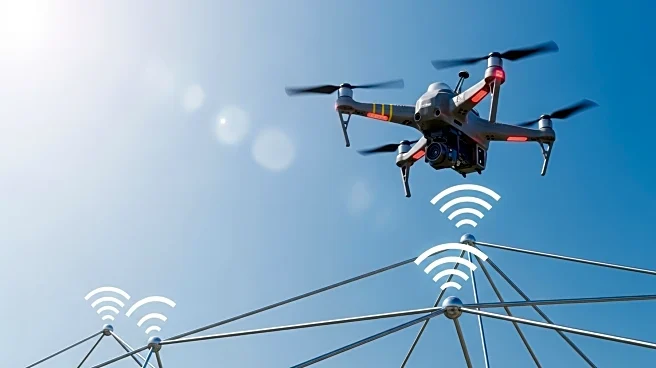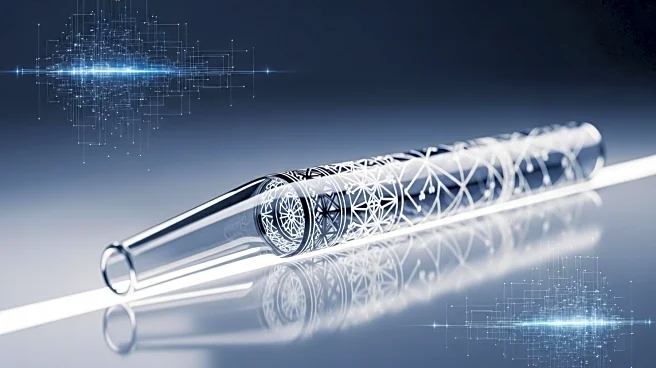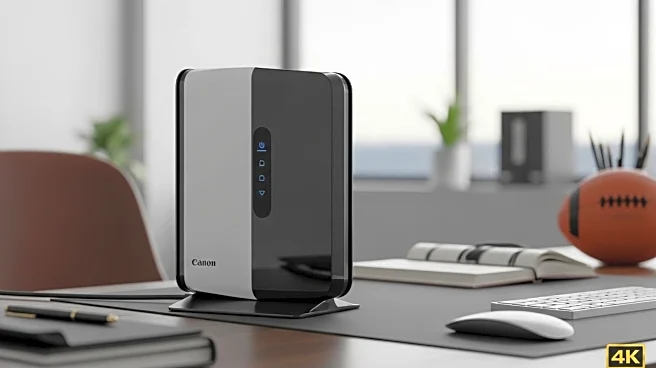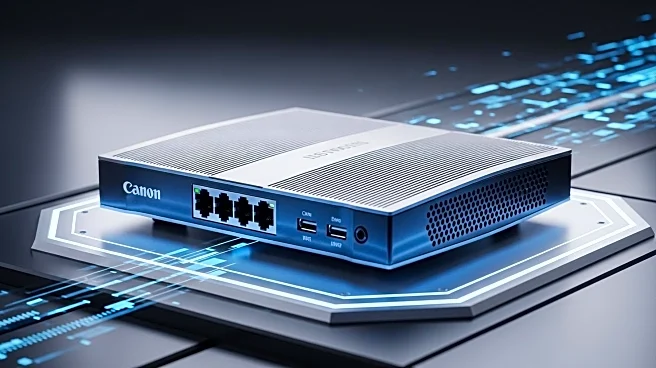What's Happening?
The cable industry is pushing the limits of DOCSIS 4.0 technology to achieve higher internet speeds. Recent interoperability tests by CableLabs demonstrated downstream speeds of 16 Gbit/s, a 13% improvement from previous tests. This is achieved through higher modulation techniques like 8K-QAM and 16K-QAM, which increase bits per second per hertz. The tests were conducted in a controlled environment, and real-world applications may vary. The industry is considering future advancements beyond DOCSIS 4.0, potentially raising the spectrum ceiling to 3GHz for even faster speeds.
Why It's Important?
The advancements in DOCSIS 4.0 are significant for the cable industry as it competes with fiber technologies. Achieving higher speeds is crucial for maintaining competitiveness in the broadband market. As consumer demand for faster internet grows, cable providers must innovate to meet these needs. The potential for future technologies like DOCSIS 4.1 or 5.0 could further enhance capabilities, ensuring cable remains a viable option against fiber's pursuit of 25-Gig and 50-Gig speeds.
What's Next?
CableLabs may announce new specifications targeting higher frequencies at upcoming industry events. The feasibility and cost of these advancements will be evaluated, determining the future direction of cable technology. As fiber competition intensifies, cable providers must strategize to offer competitive speeds. The industry will continue to explore ways to optimize DOCSIS technology for real-world applications, ensuring robust and efficient internet services.
Beyond the Headlines
The push for higher speeds raises questions about the necessity and practicality of such advancements. While faster internet is appealing, the infrastructure and investment required may not be justified if consumer demand does not align. Additionally, the environmental impact of increased energy consumption for higher speeds must be considered, prompting discussions on sustainable practices in technology development.











